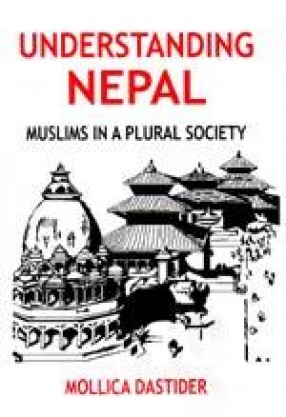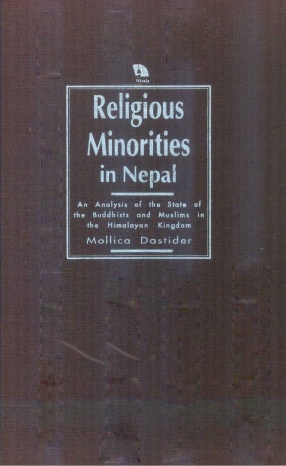Arguably one of the most diverse countries in the world, the plurality of Nepal has been a great revelation since the onset of democracy in 1990. This work engages the historic transition of Nepal from a monolithic Hindu kingdom to a multicultural democracy. At a time when the Janajatis and the Madhesis of Nepal are demanding constituencies along ethnic lines, this book traces the background developments in the decade of 1990s. It was a period when little-known people of numerous tribes and non-Hindu minorities began asserting their presence in the country’s ethnographic map, in the process challenging the dominant symbols of Nepali nationhood, i.e. Monarchy, hill Hinduism and Nepali language. The first decade of democratic Nepal thus provided the setting for a historic and cultural transition. However, the new political class, the marginalized majority of non-caste ethnic groups, as well as the oppressed religious and caste minorities often found themselves caught in the interstices of the old and the new in negotiating this transitional terrain. Muslims in Nepal are perfect example of such a group in transition. Classically the "other" religion in an overwhelmingly Hindu-Buddhist-Animist cultural set-up, the Muslims are one group which has the potential to disrupt the linear histories and cultural totalities of a society, where a Hindu monarchy has served as the fountainhead pf power for more than two centuries. We need to ask then, who are the Nepalese Muslims? Where did they belong in the country’s four-fold national caste system? Through a historical reconstruction of their collective efforts, this book underscores the importance of the Nepali Muslim’s demand for a "recognition of difference" of not a demand for equality. This is where the potential power of minority culture lies in a plural society.
Understanding Nepal: Muslims in a Plural Society
In stock
Free & Quick Delivery Worldwide
reviews
Bibliographic information
Title
Understanding Nepal: Muslims in a Plural Society
Author
Edition
1st ed.
Publisher
ISBN
9788124112717
Length
216p., Tables; Maps; Appendix; Bibliography; Index; 23cm.
Subjects






There are no reviews yet.